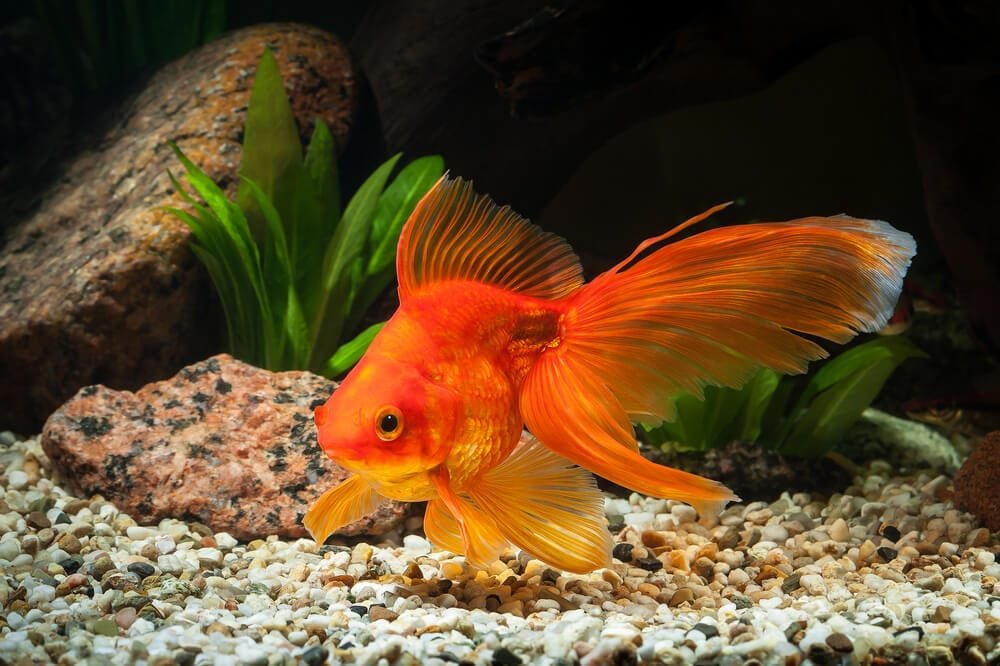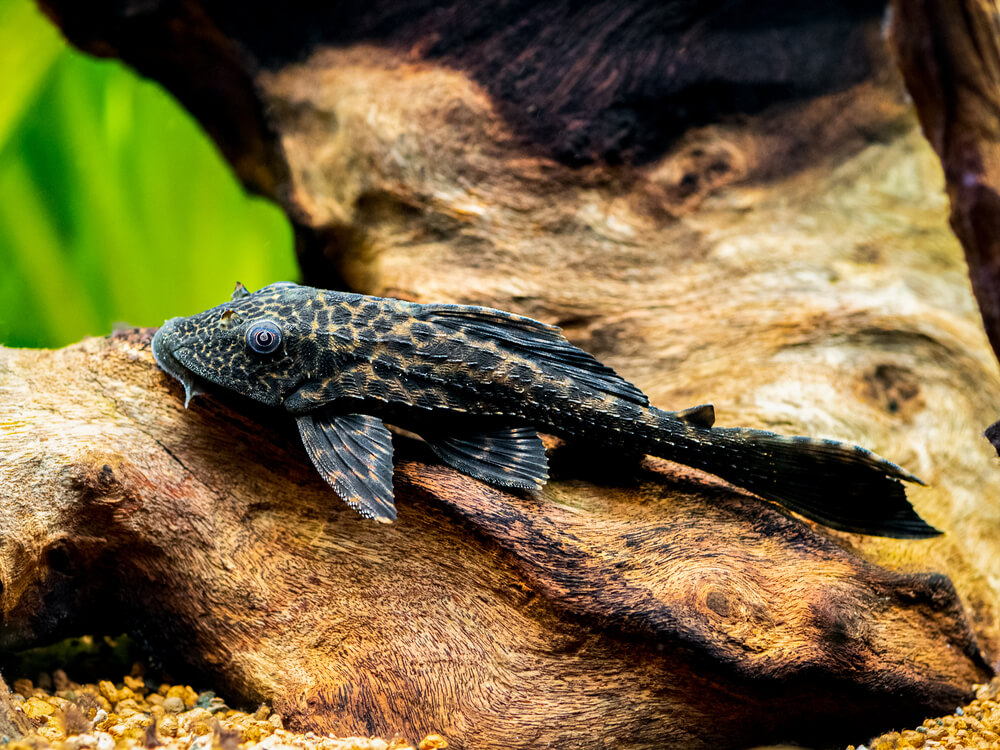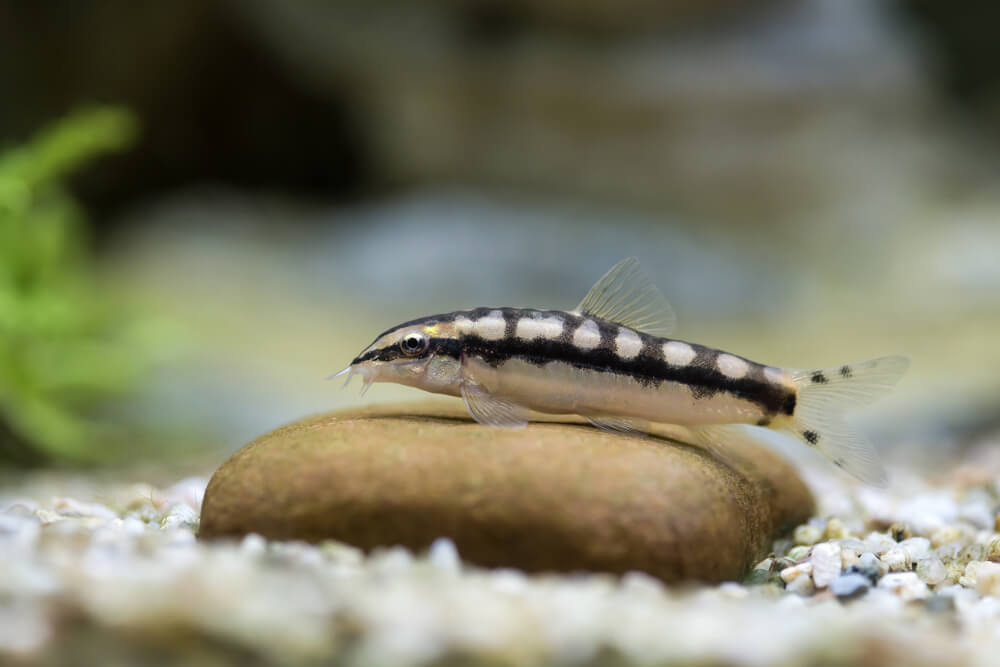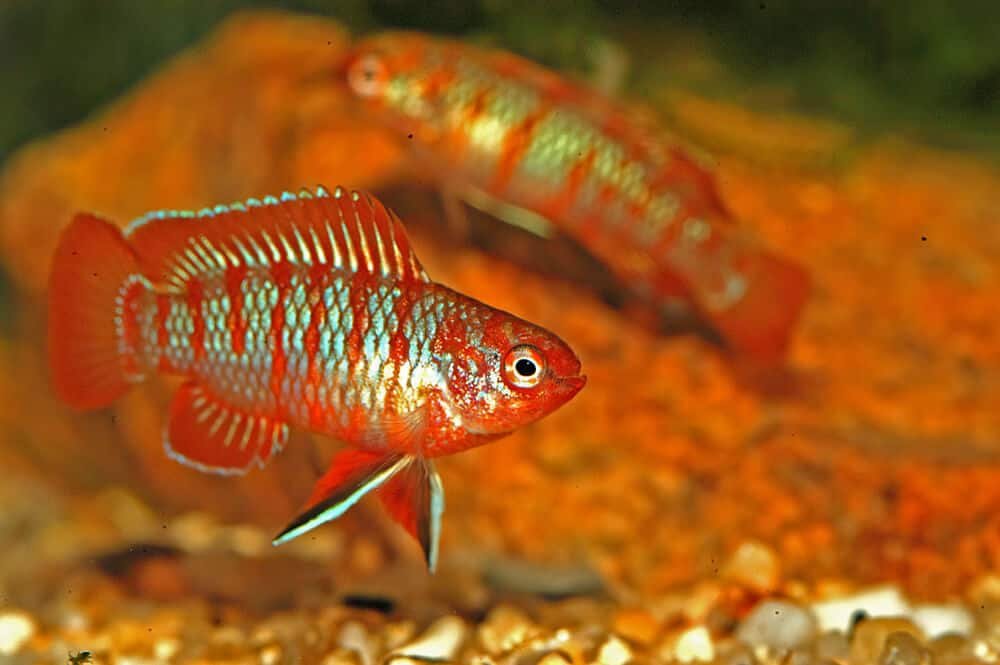Are you ready to explore the world of goldfish care? What secrets do these stunning aquatic friends hide behind their shimmering scales?
Goldfish have a long history, starting in the Tang dynasty in China. A special color mutation turned ordinary silver carp into the pets we love today. They have been a favorite among fish lovers in Europe and North America for centuries.
A detailed goldfish care guide is key for a healthy aquarium. It’s important for both new and experienced fish keepers. Knowing how to set up and maintain your tank is vital for your goldfish’s well-being.
Goldfish can live for 10 to 15 years, and some can even reach 30 years with the right care. They are not just short-term pets but long-term friends that need careful water management and attention.
This guide will help you from choosing the right goldfish to creating the perfect home for them. It ensures your goldfish not only survive but also thrive in their underwater world.
Understanding Different Types of Goldfish
Exploring the world of goldfish shows a wide range of goldfish types that fascinate aquarium fans. From sleek common types to fancy breeds, these fish offer great diversity. Goldfish breeds have changed over time through selective breeding, leading to over 200 unique types.

The goldfish world mainly splits into common and fancy types. Each type adds its own special charm and traits to the aquarium.
Common Goldfish Varieties
Common goldfish are known for their sleek bodies and tough nature. Popular types include:
- Comet goldfish – known for their long, flowing tails
- Shubunkin – with beautiful calico-like color patterns
- Standard common goldfish – the most basic and resilient type
Fancy Goldfish Breeds
Fancy goldfish show off more detailed goldfish anatomy with unique shapes and fancy fins. Some notable breeds are:
- Oranda – known for its distinctive head growth
- Ryukin – with a dramatically arched back
- Fantail – featuring a split, flowing tail fin
Physical Characteristics and Differences
Knowing about goldfish variations helps aquarists care for them better. Straight-tailed goldfish can grow up to 10-12 inches. Fancy varieties usually reach 6-8 inches. They can live 10-15 years with the right care.
Each goldfish breed brings its own unique personality and beauty to the aquarium.
Beginners might start with hardier types like comet or fantail goldfish. Fancy breeds need more care and attention to their delicate goldfish anatomy.
Essential Tank Requirements
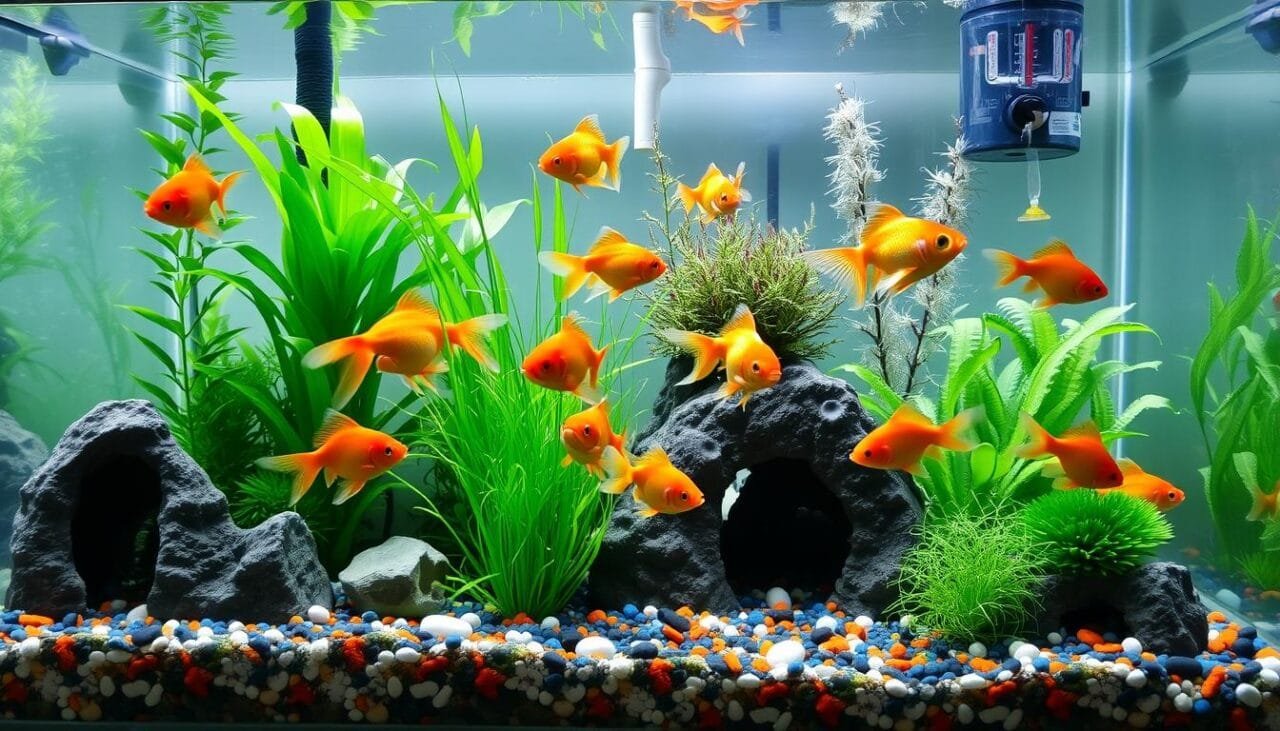
Creating the perfect home for your goldfish requires careful planning. You need to understand their unique needs. The right aquarium setup is key for their health and long life.
When picking a goldfish tank size, remember they need lots of space. A single goldfish requires a minimum of 25 gallons. Bigger tanks are even better for them. The tank’s size should fit their active swimming and growth.
- Minimum tank size: 25-40 gallons
- Space per goldfish: 20 gallons minimum
- Tank height: Preferably not taller than 2 feet
Water volume is very important for goldfish. Larger tanks have many benefits:
- Stable water parameters
- Better oxygen exchange
- Reduced waste concentration
- More swimming space
Pro tip: Always choose a tank larger than you think you’ll need. Goldfish can grow surprisingly large!
When setting up your goldfish aquarium, remember these important points:
- Surface area for oxygen exchange
- Filter capacity (4x tank volume per hour)
- Substrate depth
- Potential for future growth
Your goldfish will be grateful for a spacious, well-designed home. It will support their natural behaviors and keep them healthy for a long time.
Goldfish Care Guide
Keeping a goldfish aquarium healthy needs dedication and a good care plan. Daily and monthly tasks help your fish stay happy and healthy. Knowing how to care for your goldfish will make their home the best it can be.
Daily Fish Care Essentials
Here are the main things to do every day:
- Feed your goldfish 2-4 times a day, for 30-120 seconds each time
- Use sinking pellets to stop them from floating
- Give them a mix of:
- Commercial pellets
- Boiled veggies like broccoli, peas, and spinach
- Live or frozen foods sometimes
- Watch how they act for signs of stress or sickness
Monthly Aquarium Maintenance
For good health, do these tasks every month:
| Maintenance Task | Frequency | Purpose |
|---|---|---|
| Water Parameter Check | Weekly | Check temperature, pH, and nitrate levels |
| Water Change | 30-50% monthly | Keep nitrate levels under 50 ppm |
| Gravel Vacuuming | Monthly | Get rid of waste and stop bacteria |
| Filter Maintenance | Monthly | Keep water quality top-notch |
Goldfish Health Check Guidelines
Keep an eye on your goldfish’s health by watching for changes. Look for differences in eating, swimming, and looks. Spotting health problems early can stop them from getting worse.
“A proactive approach to goldfish care is the best way to ensure a long, healthy life for your aquatic pets.”
Make sure their tank is right: 40 gallons or more for more fish, 72°F-78°F water, and regular care.
Water Parameters and Maintenance
Keeping the water quality right is key for goldfish health and long life. Knowing the important water parameters helps make a great home for your fish.

- Water temperature: 70-75 degrees Fahrenheit
- pH levels: 6.5-7.5
- Ammonia levels: Must be zero
- Nitrite levels: Close to zero
- Nitrate levels: Below 50 ppm
“Clean water is the foundation of goldfish health and happiness.” – Aquarium Experts
Water hardness is also very important. It helps keep the pH stable and supports the fish’s metabolism. Regular tests with aquarium test kits help track these important levels.
Having a regular care plan is a must. Experts suggest:
- Weekly water quality tests
- Doing partial water changes of 30-50%
- Using water conditioners during tank care
- Checking if the filter is working well
Pro tip: Use strong aquarium plants to help take in nitrogen waste and make water changes less often.
Good water care stops health problems and keeps your goldfish lively. By spending time on the right water conditions, you make a healthy home for your fish.
Filtration and Equipment Setup
Creating the perfect environment for your goldfish requires careful consideration of aquarium filtration and essential fish tank equipment. The right setup ensures your aquatic friends thrive in a healthy, clean habitat.
Types of Filtration Systems
Goldfish tank filters come in several varieties, each with unique benefits:
- Hang-on-back filters: Easy to install and maintain
- Canister filters: Provide powerful mechanical and biological filtration
- Sponge filters: Excellent for biological filtration and gentle water movement
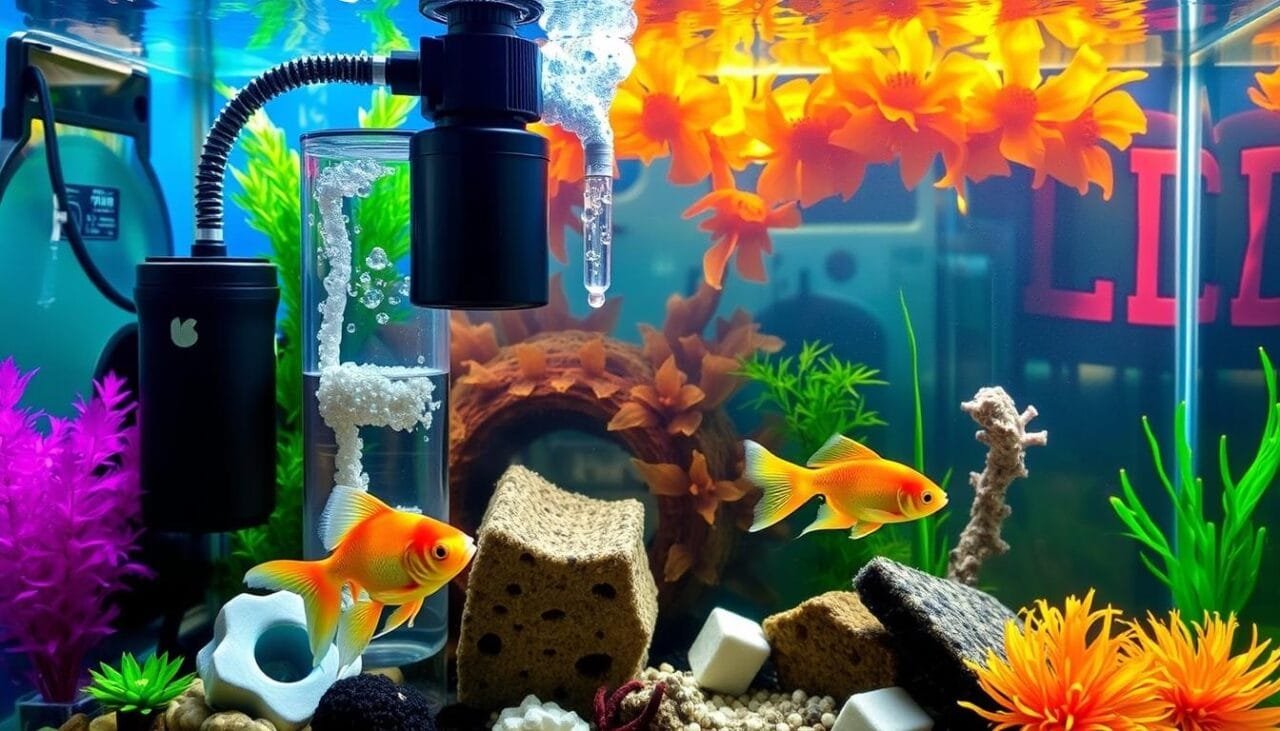
Essential Equipment for Goldfish Care
A goldfish tank setup needs several key pieces of equipment:
| Equipment | Purpose |
|---|---|
| Tank Aerator | Maintains water oxygenation and circulation |
| Aquarium Heater | Regulates water temperature (if needed) |
| Water Conditioner | Neutralizes harmful chemicals in tap water |
Setup Instructions for Optimal Aquarium Environment
When setting up your goldfish tank, consider these steps for water aeration and filtration:
- Choose a filter rated for at least double your tank’s volume
- Install an air stone or tank aerator for proper oxygen circulation
- Position the aquarium heater near water circulation areas
Pro Tip: Regular maintenance of your filtration system is key to keeping your goldfish healthy and happy!
Proper equipment selection ensures your goldfish receive the best possible care. This promotes longevity and vibrant health in their aquatic home.
Feeding and Nutrition
Knowing what to feed your goldfish is key to keeping them healthy and lively. Goldfish eat both plants and animals and need a balanced diet to stay well. Choosing the right food and feeding them regularly is important.
Goldfish need a diet rich in protein. Adult goldfish should get about 30% protein. It’s best to use sinking pellets instead of flake food to avoid swimming issues.
Recommended Feeding Practices
- Feed adult goldfish twice daily
- Provide approximately one teaspoon of pellets per feeding
- Limit feeding time to 2-3 minutes
- Avoid overfeeding prevention by monitoring portion sizes
Different goldfish types have different needs. Fancy goldfish, for example, might need special food because of their body shape.
| Food Type | Nutritional Value | Feeding Frequency |
|---|---|---|
| Sinking Pellets | High Protein (30%) | Twice Daily |
| Frozen Foods | Varied Nutrients | 2-3 Times Weekly |
| Vegetable Supplements | Additional Nutrients | Once Weekly |
“A well-planned diet is the foundation of goldfish health and longevity.”
Brands like Tetra, Hikari, and Dainichi make special goldfish food. Adding blanched veggies like broccoli and peas is also good.
Healthy goldfish look full and move well. If they look thin or have too much poop, their diet might be off.
Tank Decoration and Environment
Creating a great goldfish habitat is more than just setting up an aquarium. The right decorations and environment can make your tank lively and engaging for your goldfish. Choosing the right plants, substrate, and decorations is key to a healthy goldfish home.
Safe Plant Options for Goldfish
When picking plants for your goldfish tank, think carefully. Some plants can handle goldfish’s curiosity and add beauty and function. Check out these tank-friendly plants:
- Vallisneria (fast-growing and resilient)
- Anubias (tough leaves resistant to nibbling)
- Java Fern (slow-growing and sturdy)
- Cryptocoryne (adaptable to goldfish environments)
Substrate Choices for Goldfish Habitat
The right substrate is key for your goldfish’s comfort and the tank’s health. Goldfish like to dig and sift through the substrate. So, your choice is very important for their natural behavior.
| Substrate Type | Pros | Cons |
|---|---|---|
| Sand | Smooth, mimics natural environment | Can compact easily |
| Fine Gravel | Allows easy foraging | Potential for waste trap |
| Large Smooth Pebbles | Easy to clean | Limited foraging opportunities |
Decorative Elements for Enrichment
Tank decorations should be safe and useful. Use smooth rocks, driftwood, and ceramic ornaments for hiding spots and swimming paths. Stay away from sharp edges that can hurt your goldfish’s fins.
“A well-decorated aquarium is not just visually appealing but critical for your goldfish’s mental and physical well-being.”
Health and Disease Prevention
Keeping your goldfish healthy means being proactive and watching them closely. Goldfish are tough, but they can get sick. Knowing how to prevent diseases is key to their long, happy lives.
Goldfish can get sick from bad water, stress, and not eating right. Spotting problems early is important. It helps treat them fast and keeps your tank healthy.
Most Prevalent Goldfish Health Challenges
- Swim Bladder Disease: Affects buoyancy control, causing abnormal swimming patterns
- Fin Rot: Caused by bacterial infections and poor water conditions
- Ich (White Spot Disease): Highly contagious parasitic infection
- Dropsy: Serious condition involving fluid retention and possible organ failure
Keeping the water clean is the first step in preventing disease. Changing 10-20% of the water each week helps a lot. Also, check the water’s pH (6.5-7.5) and temperature (70-75°F) often. This keeps your tank a healthy place for your fish.
“Prevention is always better than cure when it comes to goldfish health.” – Aquarium Experts
Preventative Care Strategies
- Quarantine new fish for 2-3 weeks before introducing them to the main tank
- Perform consistent water quality tests
- Maintain a balanced diet with varied nutrition
- Reduce stress through proper tank management
If your goldfish gets sick, act fast. Some sicknesses can be treated with medicine and changes in their environment. Always talk to a vet who knows about fish for serious problems.
Conclusion
Learning how to care for goldfish takes time and love. With the right care, they can live up to 10-15 years. In the best conditions, they might even live up to 20 years.
To keep your goldfish healthy, you need to know what they need. You also need to create the best environment for them.
Make sure your goldfish has enough space (20 gallons per fish) and clean water. They also need a balanced diet. Expert resources can help you with all the details of caring for your goldfish.
Good goldfish care is more than just the basics. It’s about making a great home for them. Regular water changes, good filtration, and watching them closely will make your aquarium a lively, healthy place. Your goldfish will thrive for many years.
FAQ
How big of a tank do goldfish need?
Goldfish need a lot of space. For common goldfish, start with a 30-gallon tank for the first fish. Add 10-20 gallons for each more fish. Fancy goldfish need at least 20 gallons for the first fish and 10 gallons for each more.
Larger tanks mean better water quality and more swimming space. This helps prevent health problems.
What type of filter do I need for a goldfish tank?
Goldfish make a lot of waste, so you need a strong filter. Choose a canister filter or a high-quality hang-on-back filter that can handle at least double your tank’s volume. Look for one that does mechanical, chemical, and biological filtration.
Make sure the filter can process your tank’s volume 4-5 times an hour. This keeps the water quality excellent.
How often should I feed my goldfish?
Feed your goldfish 2-3 times a day. Give them only what they can eat in 2-3 minutes. In warmer weather, they might need more, but smaller, meals.
In cooler periods, feed them less. Use a mix of goldfish pellets, flakes, and fresh veggies like spinach or zucchini. This keeps them well-nourished.
Can goldfish live with other fish?
Not all fish get along with goldfish. The best friends are other goldfish of similar size and type. Avoid tropical fish because goldfish like cooler water.
Some good tank mates include white cloud mountain minnows or other cold-water fish. Always check if the fish get along and if your tank is big enough to prevent stress and fights.
How often should I change the water?
Change 20-30% of the water weekly for a healthy tank. Use a gravel vacuum to clean up debris and waste. Always treat new water with a conditioner to remove chlorine and chloramines.
Regular water changes keep the water quality good, remove toxins, and prevent health problems in your goldfish.
What are common health problems in goldfish?
Goldfish can get swim bladder disorder, ich, fin rot, and dropsy. Keeping the water clean, feeding them right, and not overcrowding helps prevent these. Look out for changes in swimming, loss of appetite, spots or discoloration, and unusual growths.
If you see these signs, quarantine new fish and talk to a vet who knows about aquatic animals. They can help if your fish keeps getting sick.
Do goldfish need a heater?
Most goldfish don’t need a heater because they like cooler water. They do best in temperatures between 65-72°F (18-22°C). But, keeping the temperature stable is important.
Avoid big changes in temperature, which can stress them out. In very cold rooms, a low-wattage heater might help keep the temperature steady. But, most indoor places don’t need a heater for goldfish.
How long do goldfish live?
With good care, goldfish can live 10-15 years. Some can even live up to 20 years or more. Their lifespan depends on water quality, diet, tank size, and genetics.
Common and comet goldfish usually live longer than fancy ones. Give them a big tank, clean water, balanced food, and minimal stress to help them live a long life.
